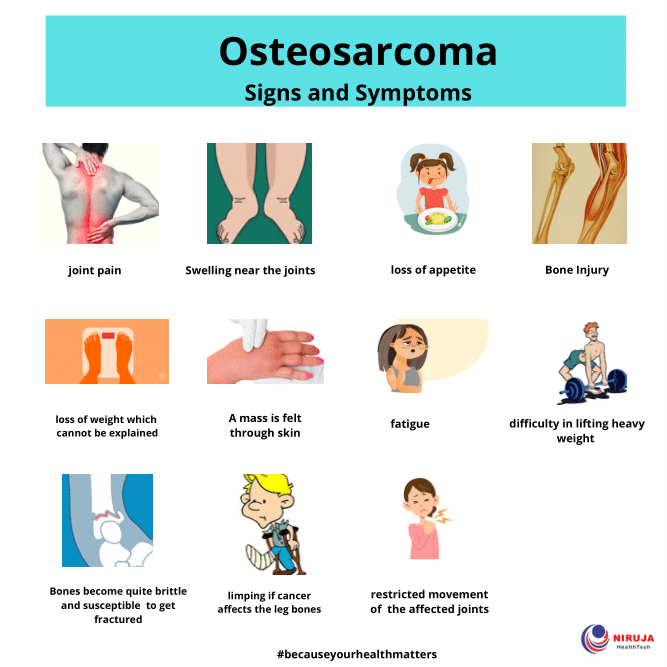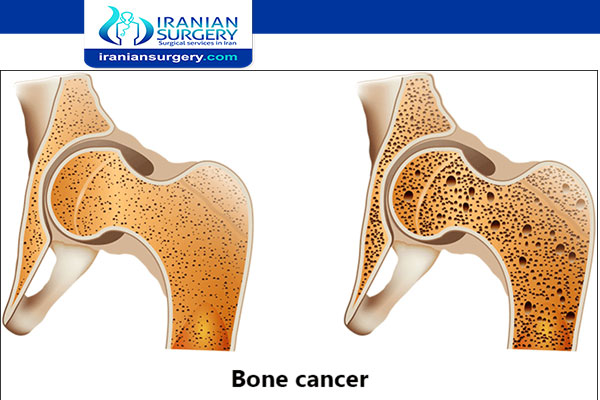

Other symptoms, such as difficulty breathing, may develop if the cancer has spread to other organs, such as the lungs. It causes the animal to react and to move away from the source of. Pain most often develops from damage, irritation or inflammation of tissues or structures of the body. Other symptoms: Unintended weight loss and fatigue that come with bone pain may be a signal of bone cancer. Pain is the unpleasant sensation that develops with the stimulation of specialized sensory nerve endings, called pain receptors. The break may occur in an area of the bone that had previously been sore or painful for a period of time.ĭecreased mobility : In some cases, if the location of the tumor is near a joint, it may make normal movements difficult or painful. Swelling: The area where the pain is localized may begin to show signs of swelling, or a lump or mass may be present.įractures: Cancerous cells can weaken the bone thus sometimes can result in a fracture. Other conditions, like osteoporosis or arthritis, may also cause bone or joint pain.

As the cancer develops, though, the pain may become more persistent. In the early stage, the pain may only occur at night, or when you are active. Bone pain can cause a dull or deep ache in a bone or bone region (e.g., back, pelvis, legs, ribs, arms). Possible symptoms of bone cancer include:īone pain: The most common sign of bone cancer is pain, and may become more painful as the tumor grows. Anyone who is experiencing one or more of these symptoms should consult them with your doctor in order to find out the cause and receive the correct treatment, if necessary. Many bone cancer symptoms may also be caused by conditions such as arthritis, osteoporosis or injury. Bone cancer, also known as osteosarcoma, occurs most often in the long bones of the arms and legs. Tumors may occur in any bone in the body.


 0 kommentar(er)
0 kommentar(er)
